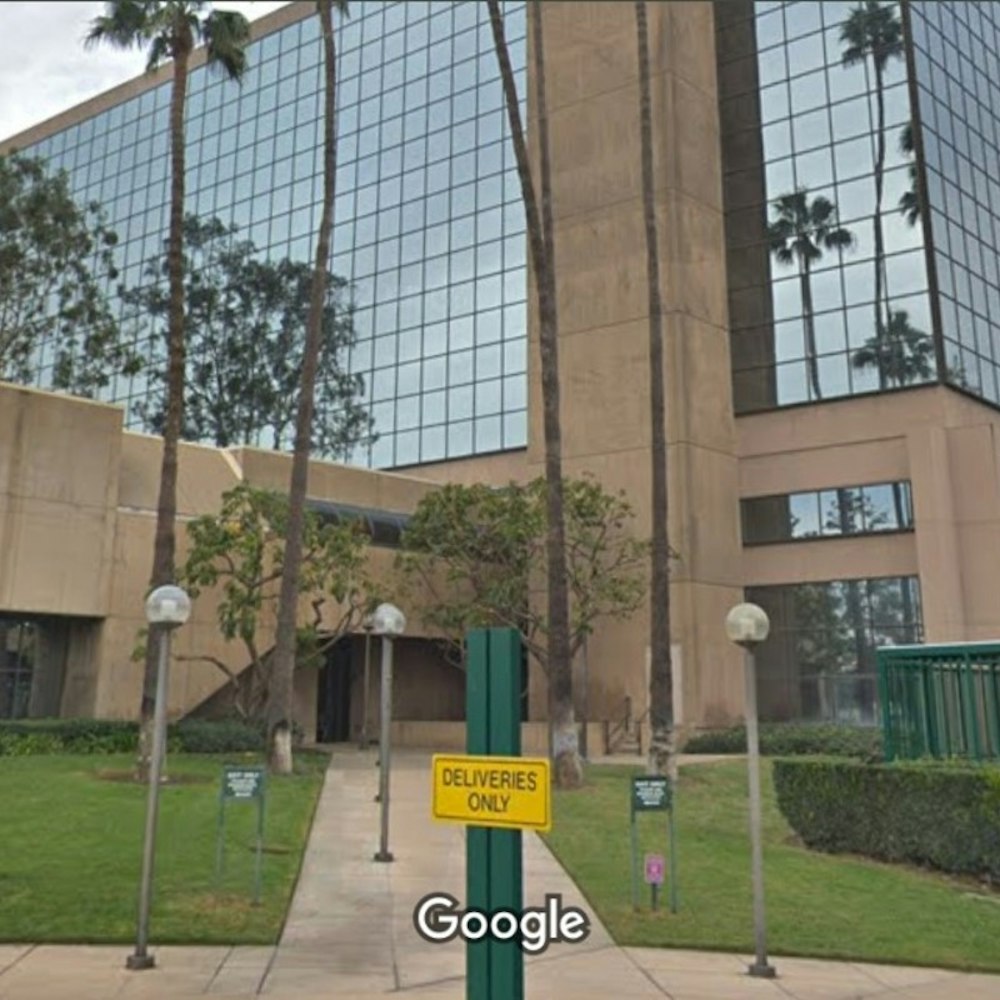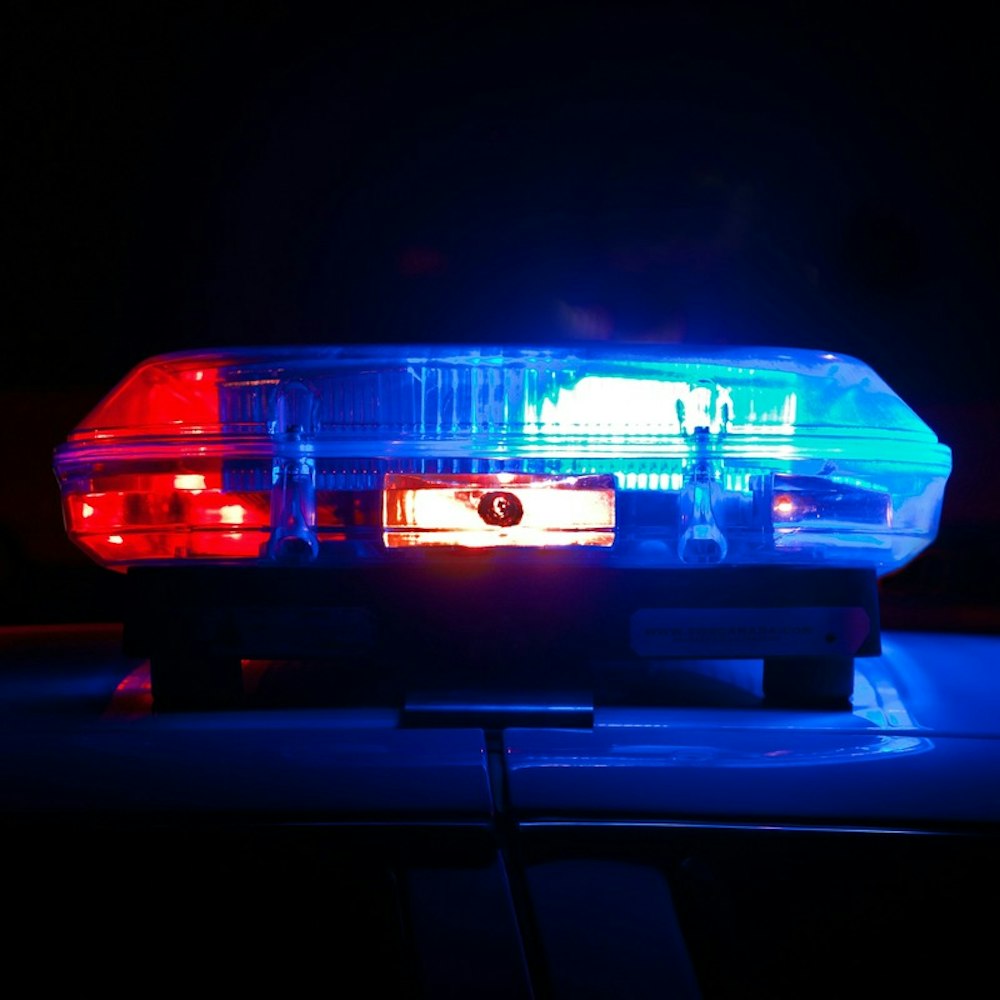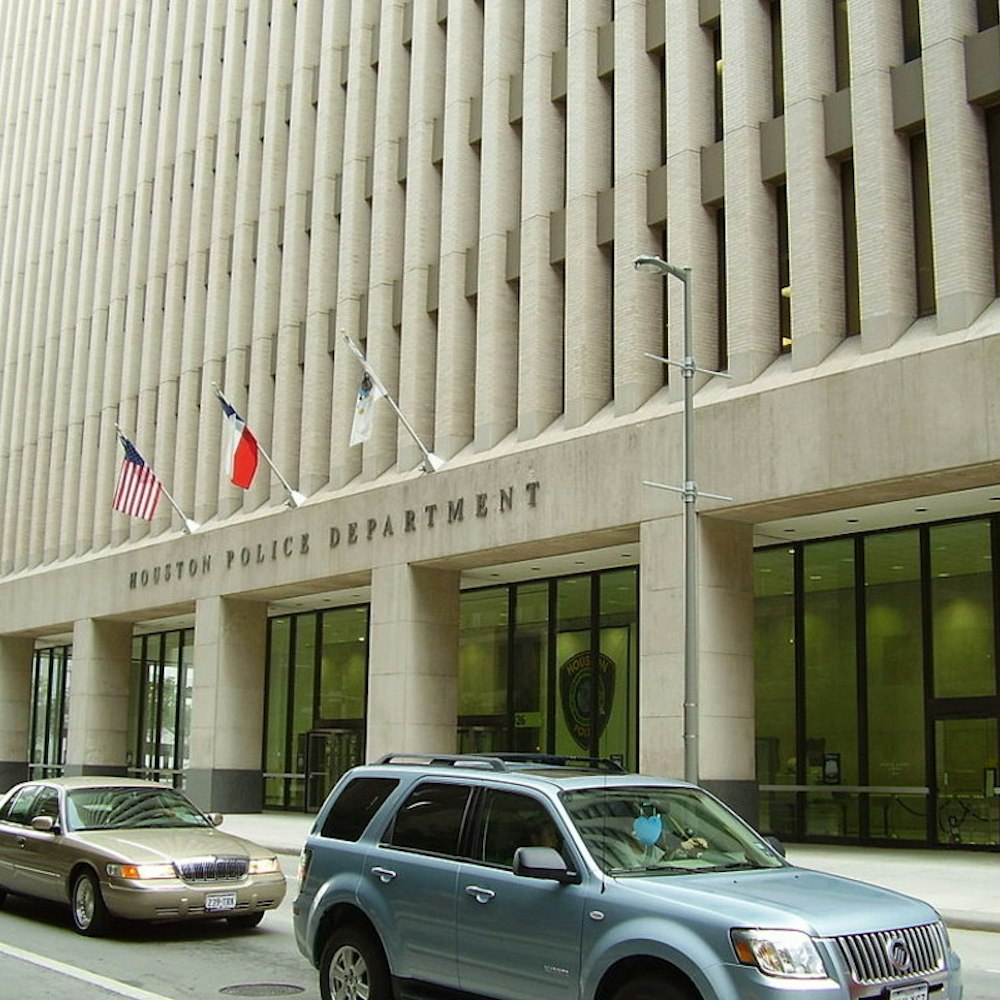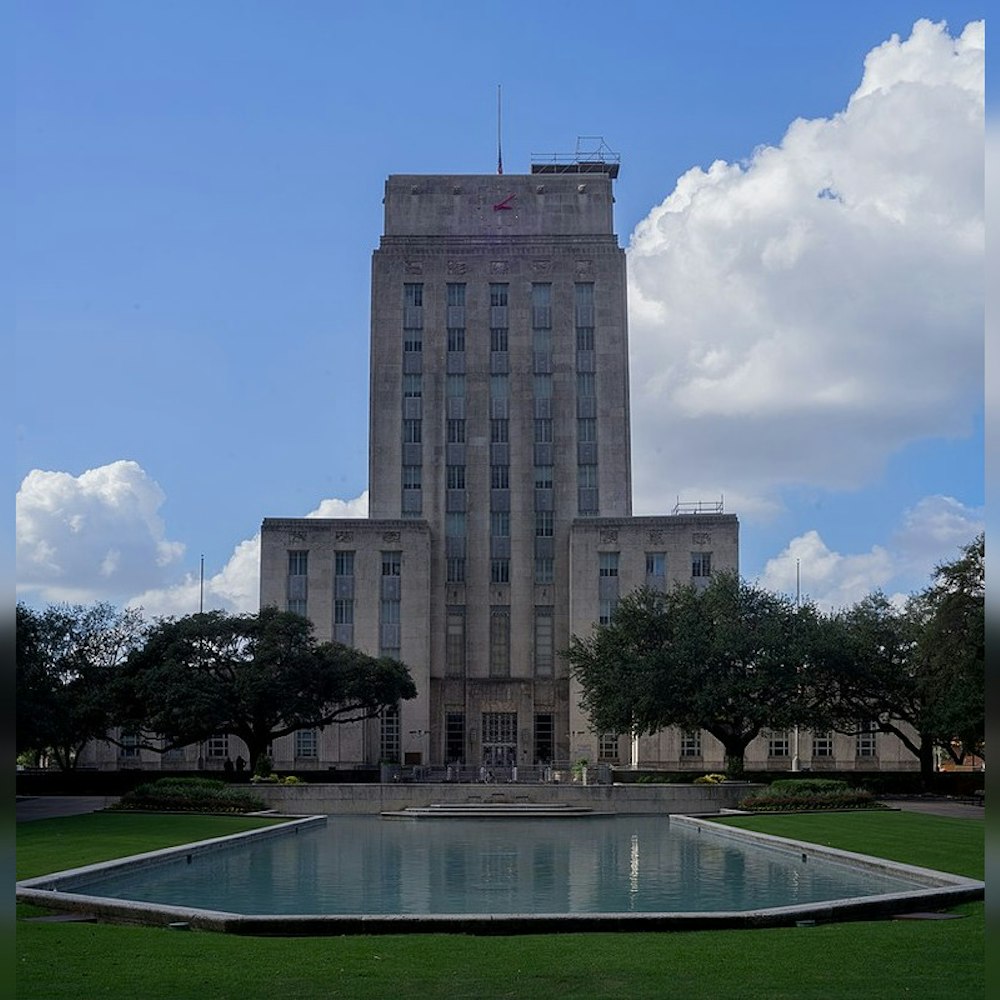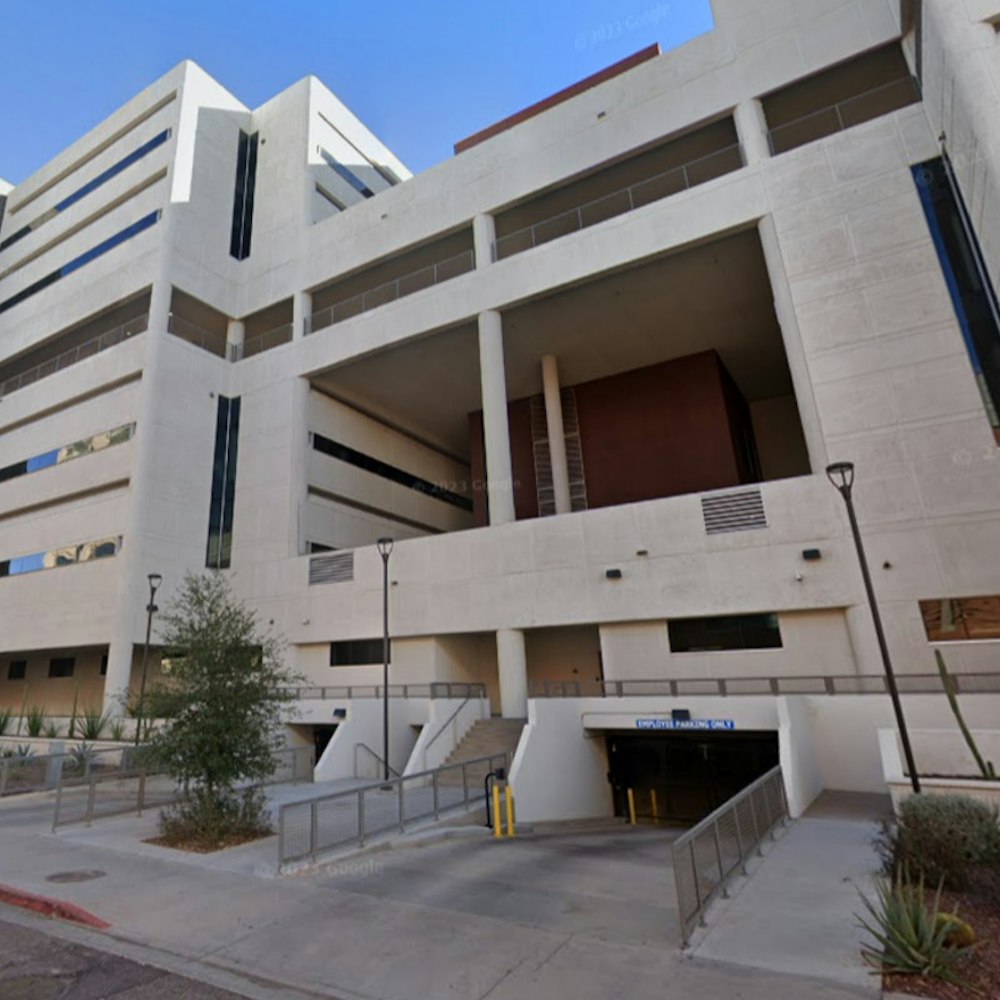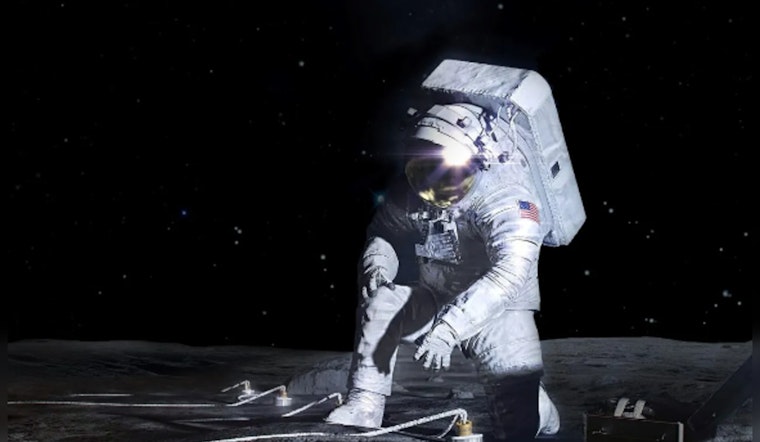
NASA is gearing up for a game-changing lunar mission with Artemis III, pushing the boundaries of interplanetary science as it preps to send astronauts back to the Moon’s surface after over five decades. The space agency has selected three pioneering science instruments to be deployed by astronauts at the lunar South Pole, hoping to unearth insights that could pave the way for Mars expeditions, according to NASA.
Deploying these instruments during moonwalks due to their unique installation requirements, NASA Deputy Administrator Pam Melroy is excited about the implications. "Artemis marks a bold new era of exploration, where human presence amplifies scientific discovery," she said in a statement. "With these innovative instruments stationed on the Moon’s surface, we’re embarking on a transformative journey that will kick-start the ability to conduct human-machine teaming – an entirely new way of doing science." The payloads are expected to fly on the planned 2026 Artemis III mission, although NASA is still finalizing the mission's details.
The first instrument, the Lunar Environment Monitoring Station (LEMS), is aimed at observing seismic activity, with its design being led by Dr. Mehdi Benna from the University of Maryland, Baltimore County. LEMS will monitor various seismic movements, including moonquakes, giving scientists a closer look at the Moon's crust and mantle structure. This could play a crucial role in understanding the Moon's formation and evolution. Its data may contribute significantly to a prospective lunar geophysical network.
Secondly, the Lunar Effects on Agricultural Flora (LEAF) initiative, spearheaded by Christine Escobar of the Boulder-based Space Lab Technologies, LLC, will study how lunar conditions affect the growth of space crops. This first-of-its-kind experiment focusing on plant photosynthesis and stress responses under space radiation and partial gravity could enlighten how to harness plants for life support and human nutrition during space missions. Meanwhile, the Lunar Dielectric Analyzer (LDA) will delve into the Moon's icy secrets, led by Dr. Hideaki Miyamoto of the University of Tokyo and supported by JAXA. It's expected to uncover essential information on lunar volatiles and the subsurface structure.
"These three scientific instruments will be our first opportunity since Apollo to leverage the unique capabilities of human explorers to conduct transformative lunar science," Joel Kearns, deputy associate administrator for NASA's Science Mission Directorate, mentioned. As part of the Artemis III mission, astronauts plan to explore the Moon’s south polar region. Among these regions are areas untapped since the dawn of the solar system, potentially holding keys to the ancient lunar past. NASA's Artemis initiative aims to not only return astronauts to the lunar surface but to achieve this historic milestone by landing the first woman and the first person of color on the Moon, alongside its international partners, setting the stage for enduring scientific discovery and interplanetary human missions.


